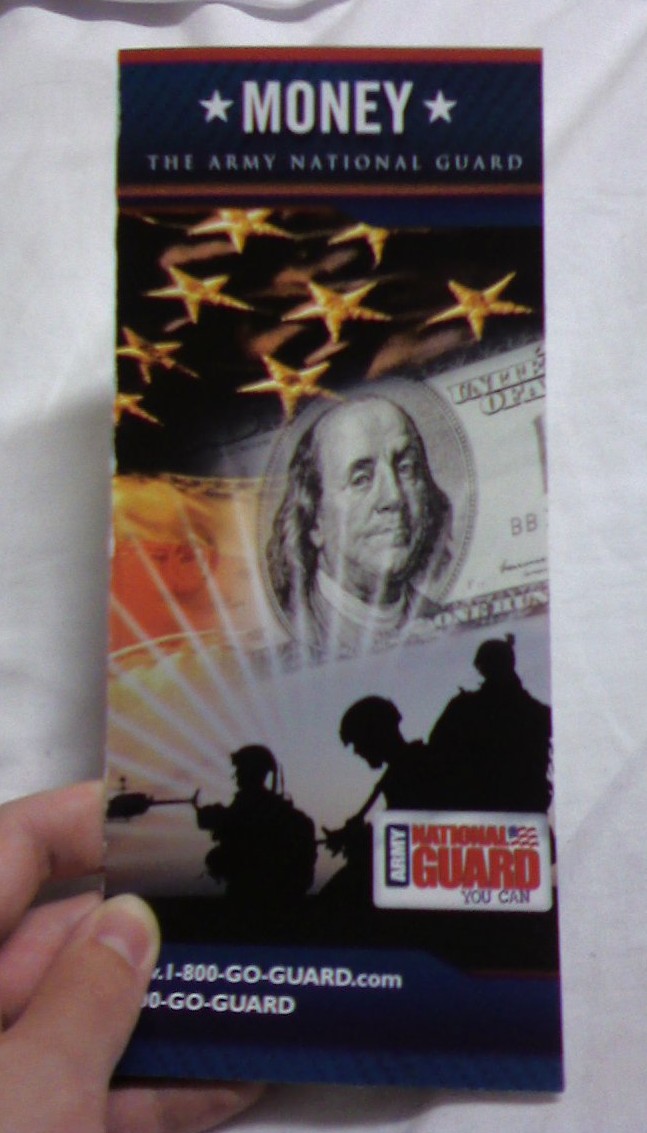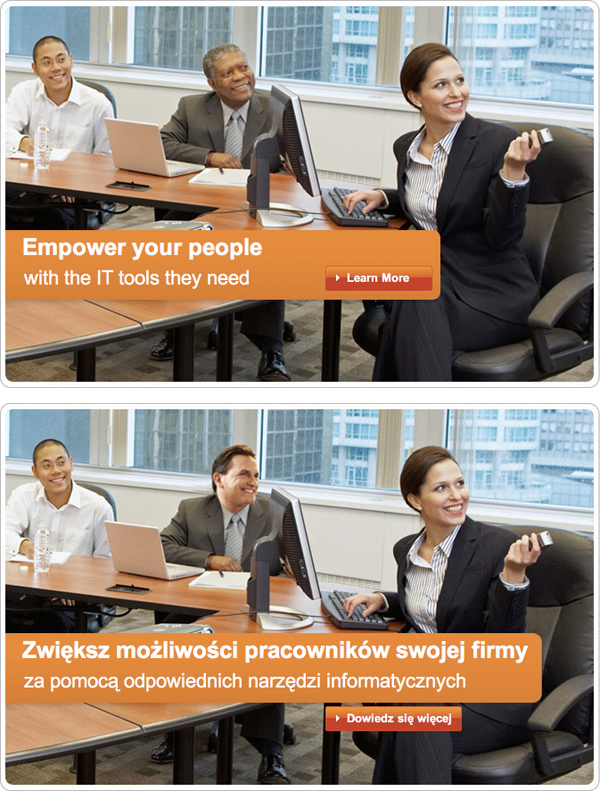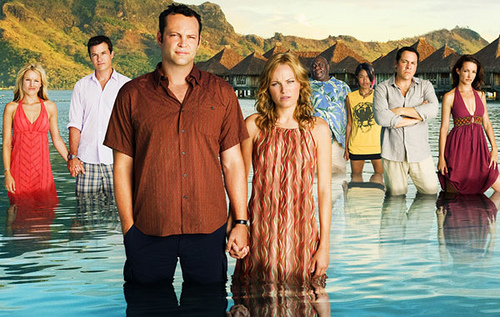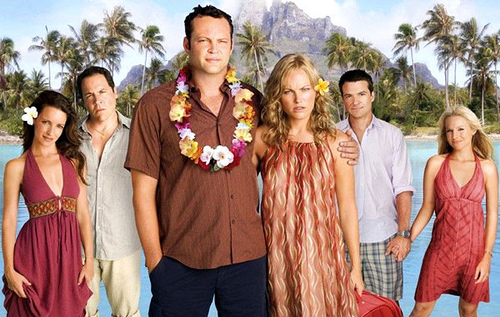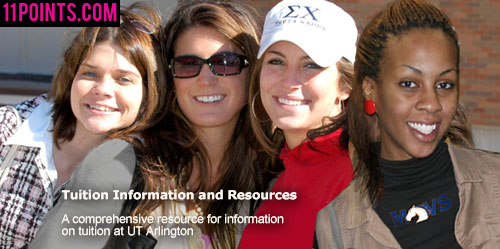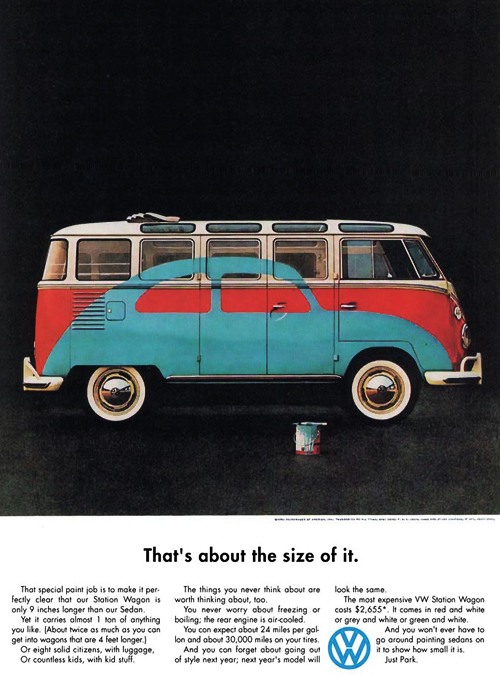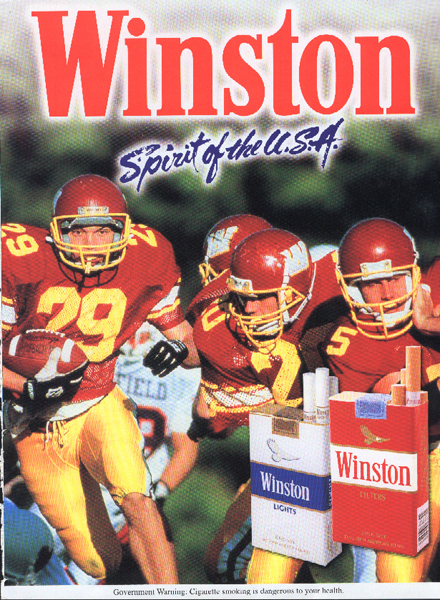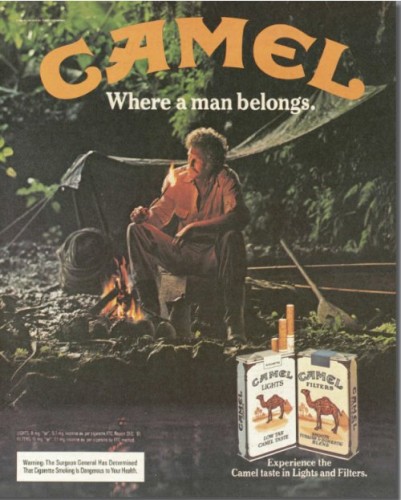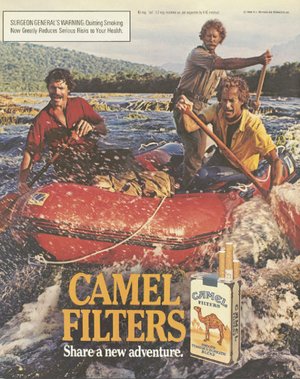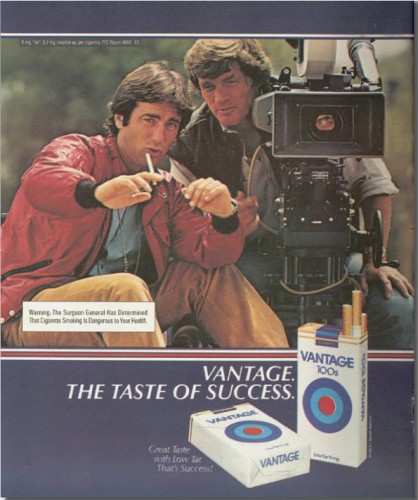Brian Safi offers a fun tripartite typology of (mostly) gay men in advertising: (1) homoeroticism as simultaneously hilarious and disgusting in ads aimed at straight men, (2) coded gay cues in ads aimed at a general market, and (3) parallel ads, differing only slightly from each other, playing in straight and gay media. The second set of ads = especially hilarious. Enjoy.
—————————
Lisa Wade is a professor of sociology at Occidental College. You can follow her on Twitter and Facebook.
Lisa Wade, PhD is an Associate Professor at Tulane University. She is the author of American Hookup, a book about college sexual culture; a textbook about gender; and a forthcoming introductory text: Terrible Magnificent Sociology. You can follow her on Twitter and Instagram.

